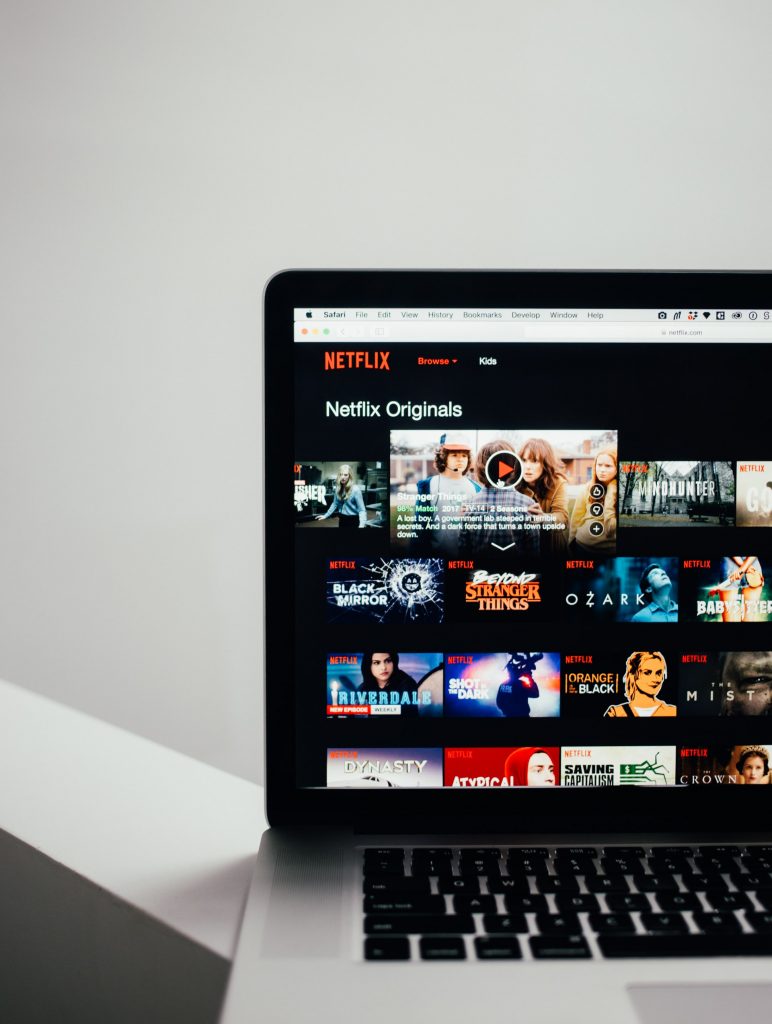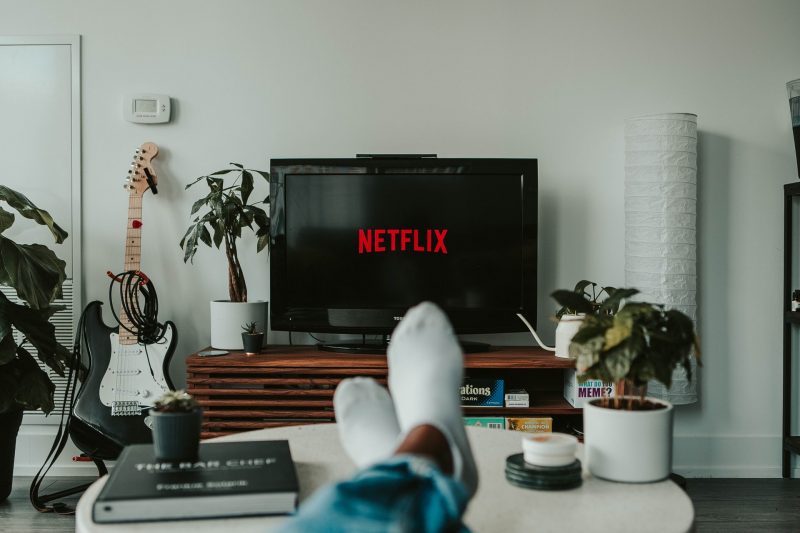Over the last decade, streaming entertainment has seen a rapid progression of home entertainment like Netflix, Hulu, Disney Plus, HBO. Thankfully we have streaming platforms like apache kafka, with developers working behind the scenes through kafka monitoring tools to be able to adapt and keep up with the huge influx of users on streaming services like Stan and Foxtel. Now, as more individuals are compelled to remain at home to attempt to control the spread of coronavirus, the idea of an exhausted, link slicing buyer looking for things to continually look for a considerable length of time has become a reality. The development of large screens has been ignored by the market for a long time, but, as the dividends of the mobile Internet gradually fade, streaming entertainment still has a relatively high industry boom. The current large-screen entertainment in the living room or a rare bright spot in the media and Internet industry, the market pays close attention to it.
The number of cable TV subscribers has dropped significantly, and the streaming industry has continued to grow rapidly, and viewing time has increased significantly. With rich content, technological advancement to bring better viewing experience and cost-effective advantages. The streaming services are leading the trend and becoming the main driving force for the growth of large-screen media.
Domestic large-screen media have long been optimistic about the outbreak of streaming services; the new development of 4K and 5G technologies in the future will deeply empower streaming services, and high-quality content will continue to grow in the future.

In terms of market size, the scale of streaming services is expected to reach 33 billion in 2023, supported by short-term advertising and long-term content payments to help increase growth. In terms of the profit model, the cost-effective advertising end drives the expansion of the OTT(Over the top) advertising market; the paying end continues to output high-quality content, and the key to improving user retention is the key. On the other hand, the viewing time of traditional TV shows a clear downward trend. On the contrary, the viewing time of OTT videos has almost doubled and has maintained steady growth year-on-year.
Why do fast streaming services lead to the trend?
- Enrich original and online content to create the core attraction of the OTT platform.
- Original and online student content creates the core appeal of the OTT platform.
- Take Netflix, the largest OTT platform, as an example. Its recommendation algorithm based on big data analysis and Operatr monitoring provides users with personalized recommendations for high-quality content, and feeds back its content production, creating popular drama series.
- The trend of users’ demand for diverse content. Consumers are increasingly willing to pay for a variety of OTT content services, and the demand for diversified content has become a new consumption trend.
- Technical support: the popularization of OTT devices and the improvement of display technology make it possible to provide high-quality video content through OTT platforms.
- The rapid popularization of OTT devices and the improvement of bandwidth devices.
- TV display technology is still developing rapidly. On the one hand, On large screens, higher resolutions can present more detailed image effects. More competitive price: technology improvement and traffic reduction, making OTT more attractive than cable T.v and the increase of network speed. On the other hand, in terms of expenditure, since telecom operators need to pay for the construction and maintenance of wired networks, while OTT only pays for server-side costs, the cost is relatively low.




